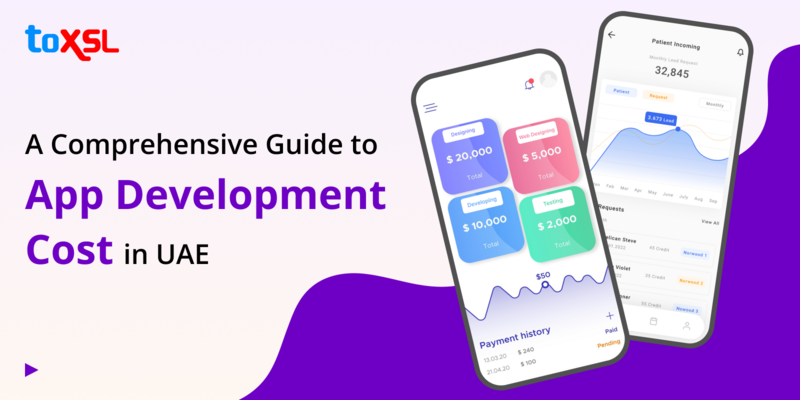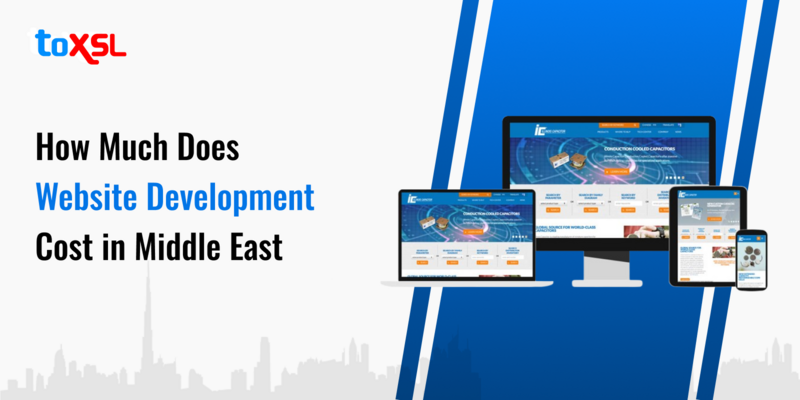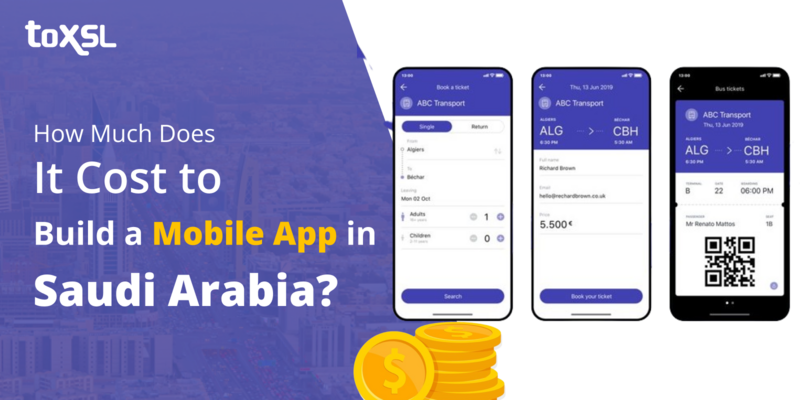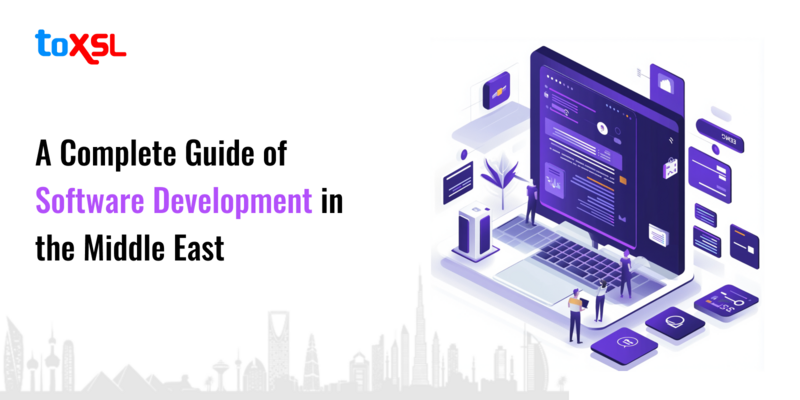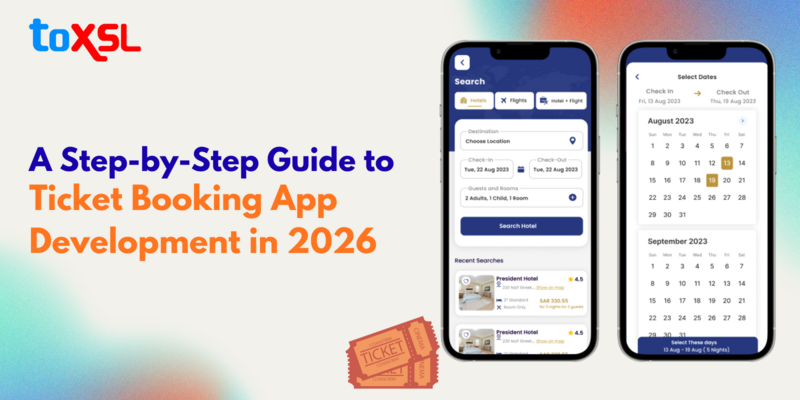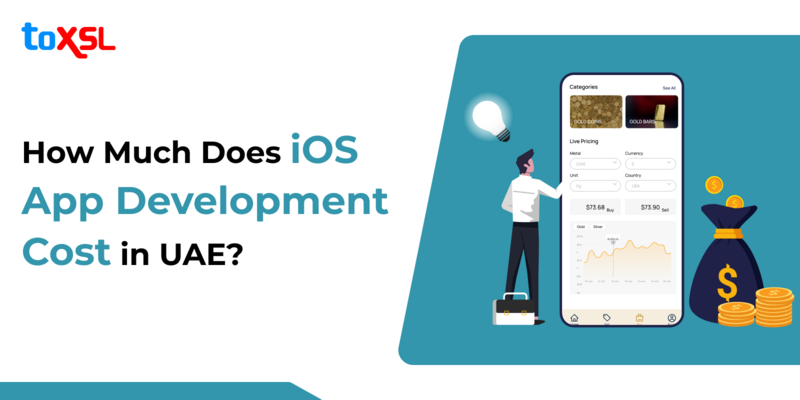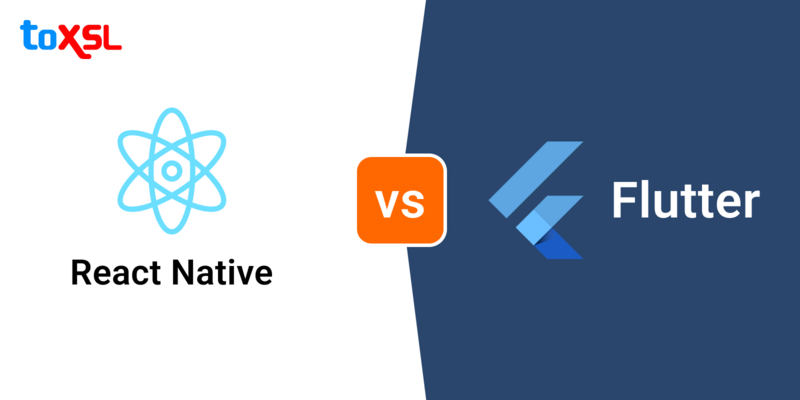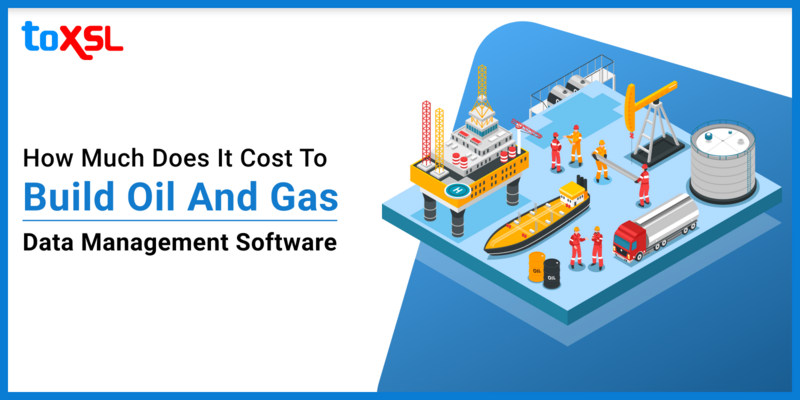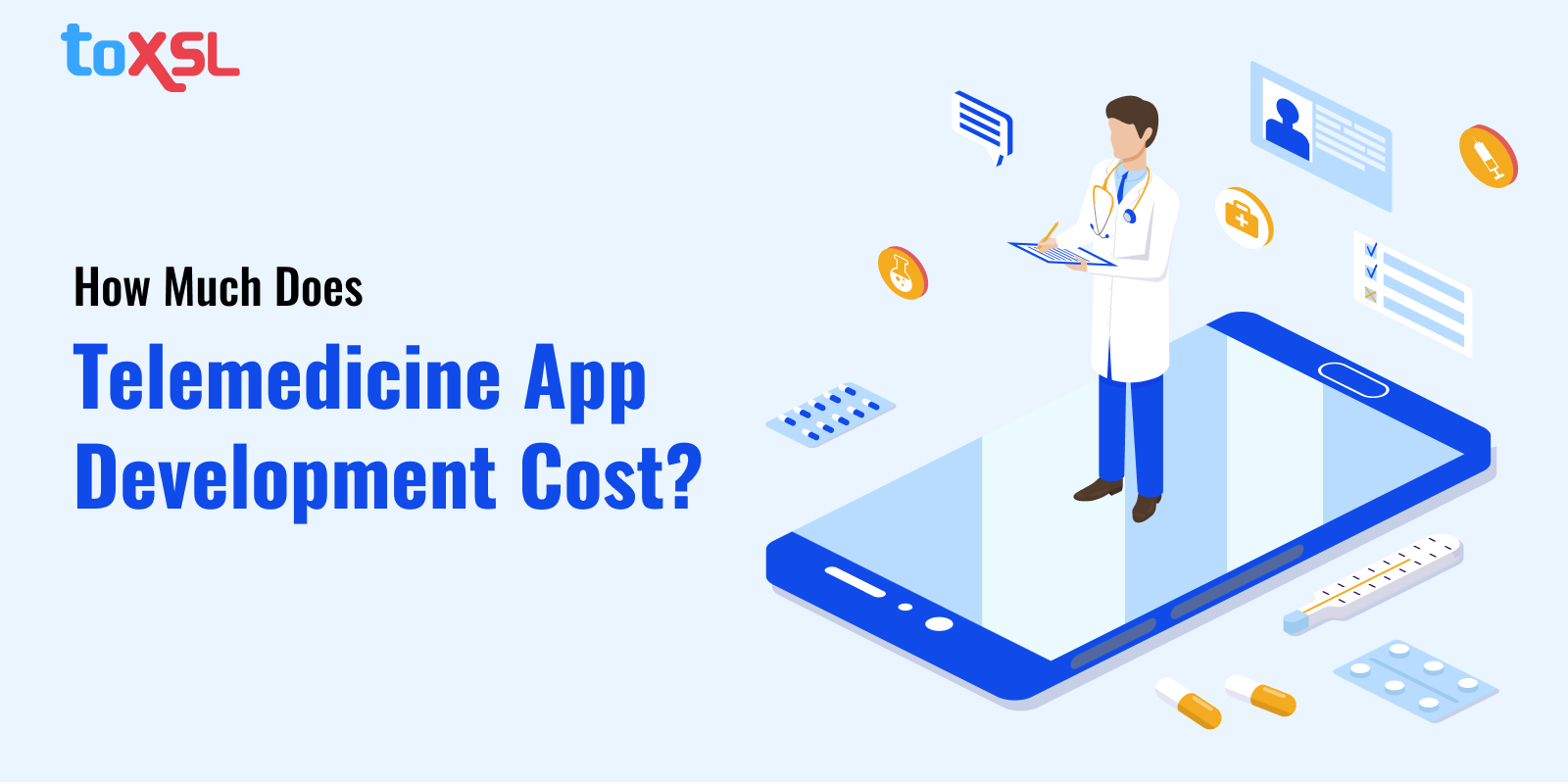
Telemedicine is bridging the gap between patients and healthcare providers by offering remote consultations, diagnosis, and treatment. With the increase in the demand for telehealth services, few question arises such as, How to build a telemedicine app for doctors? What is the cost of telemedicine app development? What are the factors affecting the telemedicine app?
In this guide, we'll explore the various factors influencing the cost of telemedicine app development and provide insights into navigating this crucial aspect.
Understanding Telemedicine App Development
Telemedicine app development involves creating software solutions that facilitate remote healthcare services, enabling patients to consult with healthcare professionals from the comfort of their homes. These apps typically encompass features such as video consultations, appointment scheduling, secure messaging, electronic prescriptions, and integration with electronic health records (EHR) systems.
Factors Influencing Telemedicine App Development Costs
Here Are a Few Factors That Influence The Cost of Telemedicine App Development:
Feature Set and Complexity:
The complexity and breadth of features significantly impact the cost of telemedicine app development. Basic apps with essential features like video consultations and appointment scheduling are more affordable compared to comprehensive platforms offering additional functionalities such as EHR integration, prescription management, and patient monitoring.
Platform Compatibility:
Telemedicine apps need to be compatible with multiple platforms, including iOS, Android, and web browsers. Developing for multiple platforms increases development time and costs.
Customization Requirements:
Custom telemedicine apps tailored to specific healthcare organizations' needs incur higher development costs due to the need for extensive customization and integration with existing systems.
Security and Compliance:
Given the sensitive nature of healthcare data, telemedicine apps must adhere to stringent security and regulatory standards like HIPAA compliance. Implementing robust security measures and ensuring regulatory compliance add to the development costs.
User Interface (UI) and User Experience (UX) Design:
Intuitive UI/UX design is crucial for ensuring a seamless user experience in telemedicine apps. Investing in professional UI/UX design enhances usability but also adds to the development expenses.
Integration with Third-Party Services:
Integration with third-party services such as payment gateways, pharmacy systems, and laboratory systems may be necessary for providing comprehensive telemedicine services. Each integration adds complexity and cost to the development process.
Testing and Quality Assurance:
Rigorous testing is imperative to identify and rectify bugs, ensure optimal performance, and enhance the app's reliability. Testing and quality assurance activities contribute to the overall development costs.
Cost Breakdown of Telemedicine App Development
Here is a cost breakdown of Telemedicine App Development:
Basic Telemedicine App: A simple Telemedicine app with essential features like video consultations, appointment scheduling, and secure messaging may cost between $30,000 to $50,000.
Mid-Range Telemedicine App: An app with additional features such as EHR integration, prescription management, and basic patient monitoring could range from $50,000 to $100,000.
Comprehensive Telemedicine Platform: A fully-featured telemedicine platform with advanced functionalities, customization options, and robust security measures may require an investment of $100,000 to $300,000 or more, depending on the complexity.
What Are the Must-Have Features of Telemedicine Mobile Apps?
In the dynamic landscape of healthcare, telemedicine mobile apps have emerged as indispensable tools for delivering remote medical services, enabling patients to connect with healthcare professionals conveniently. To ensure the effectiveness and usability of these apps, it's essential to incorporate must-have features that cater to the needs of both patients and healthcare providers. Let's explore the key features that every telemedicine mobile app should include:
Secure Video Consultations: High-quality, secure video conferencing capabilities are the cornerstone of telemedicine apps, facilitating real-time communication between patients and healthcare providers. Incorporating end-to-end encryption ensures patient privacy and confidentiality during virtual consultations.
Appointment Scheduling: A user-friendly appointment scheduling system allows patients to book appointments with healthcare providers based on their availability. Integrating calendar functionalities and automated reminders streamline the scheduling process and reduce no-show rates.
Electronic Health Records (EHR) Integration: Seamless integration with electronic health records (EHR) systems enables healthcare providers to access patients' medical history, lab results, and other pertinent information during virtual consultations. This integration enhances diagnostic accuracy and promotes continuity of care.
Secure Messaging: Secure messaging functionality enables secure communication between patients and healthcare providers outside of scheduled appointments. Patients can ask questions, request prescription refills, and receive follow-up instructions, fostering ongoing engagement and patient satisfaction.
Prescription Management: Telemedicine apps should feature robust prescription management capabilities, allowing healthcare providers to electronically prescribe medications to patients. Integration with pharmacy systems facilitates prescription fulfillment and enhances medication adherence.
Remote Monitoring and Health Tracking: For chronic disease management and remote patient monitoring, telemedicine apps can incorporate features for tracking vital signs, symptoms, and medication adherence. Remote monitoring capabilities empower patients to actively participate in their healthcare management and enable healthcare providers to intervene proactively.
Multilingual Support: In diverse healthcare settings, providing multilingual support ensures accessibility for patients with limited English proficiency. Incorporating language options and translation services enhances inclusivity and promotes effective communication.
Telemedicine Visit History: A comprehensive telemedicine visit history allows patients and healthcare providers to review past consultations, treatment plans, and medical documentation. Access to visit history facilitates continuity of care and enables informed decision-making.
Payment Processing: Integrating secure payment processing functionalities enables patients to make payments for telemedicine consultations and services seamlessly. Support for various payment methods enhances convenience and reduces administrative burdens.
User-friendly Interface and Experience: Intuitive user interface (UI) and user experience (UX) design are critical for ensuring ease of navigation and usability. A well-designed interface enhances patient engagement and satisfaction, driving adoption and retention.
Incorporating these essential features into telemedicine mobile apps lays the foundation for delivering comprehensive, patient-centric telehealth services. By partnering with a reputable telemedicine app development company, such as ToXSL Technologies Dubai, healthcare organizations can leverage expertise in software development and healthcare technology to create tailored solutions that meet the evolving needs of patients and healthcare providers.
Why Choose ToXSL Technologies as the Telemedicine App Development Company in Dubai?
When embarking on telemedicine app development, selecting the right app development company is essential. Companies specializing in telemedicine app development, such as those in Dubai, offer expertise in building scalable, secure, and compliant telemedicine solutions tailored to your requirements.By understanding the factors influencing development costs and choosing the right Mobile app development company in Dubai, like ToXSL Technologies, healthcare organizations can embark on their telemedicine journey with confidence.
FAQs
1. What factors influence the cost of telemedicine app development?
Several factors affect the overall cost of telemedicine app development, including:
- App Complexity: Basic apps are cheaper than those with advanced features.
- Development Team Location: Costs vary based on whether you hire local developers, freelancers, or outsource to companies in different regions.
- Platform Choice: Developing for iOS, Android, or both can influence costs.
- Design Quality: A more sophisticated user interface typically requires a larger budget.
2. How long does it take to develop a telemedicine app?
The development timeline for a telemedicine app can vary significantly based on its complexity:
- Simple Apps: Approximately 2 to 3 months.
- Medium Complexity Apps: Around 3 to 6 months.
- Highly Complex Apps: May take 9 months or longer.
3. Are there ongoing costs associated with telemedicine app development?
Yes, there are ongoing costs after the initial development phase. These include:
- Maintenance and Updates: Regular updates for security and functionality.
- Marketing Expenses: To promote the app effectively in competitive markets.
- Server Hosting and Support Costs: Necessary for handling user data and ensuring uptime

